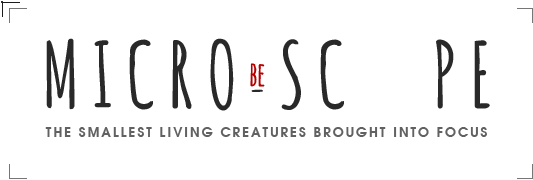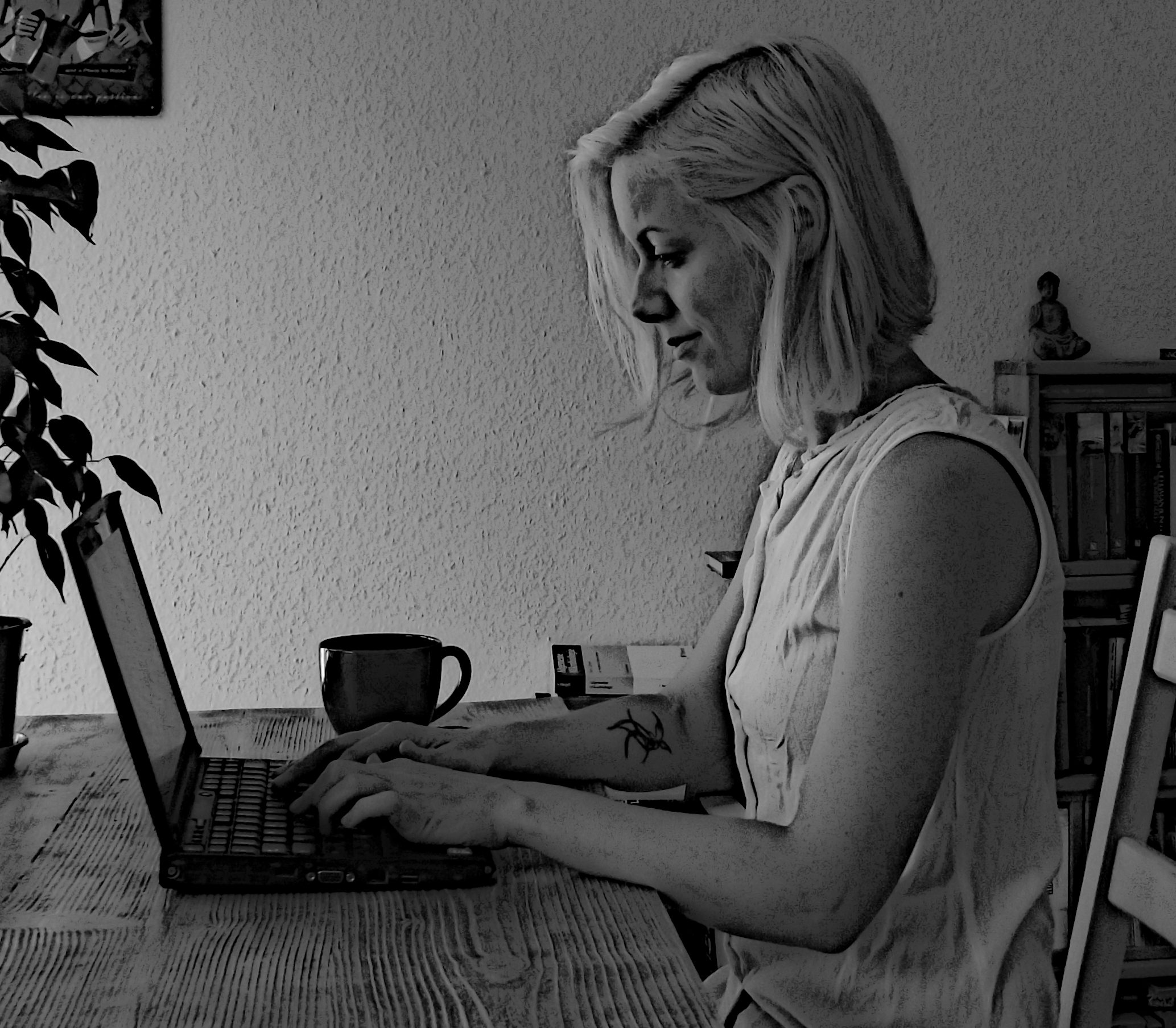More fun with fungi
The products of metabolizing fungi surround us every day, even though often unnoticed, and they have been doing so for many centuries (in the case of beer and bread). More recently (in the past century), industrial production and strain engineering has made many more products available to us – saving our lives (antibiotics), lowering the burden during disease (insulin) or simply improving culinary experience (cheese, tofu).
There are some pioneers who take this to another level and who think of innovative approaches to making fungi work for us. A platform called Fungal Futures aims at displaying and promoting designers and other artist who are aiming at discovering and optimizing novel ways to grow mycelia into more sustainable, environmentally friendly and cost-effective materials to replace commonly used textiles or building materials that contain plastics or woods.
One of the projects Fungal Futures showcase is the start-up company MycoWorks that produces a leather-like material completely made of fungal mycelium. What they do is relatively simple: the use waste material such as sawdust and corn husks to feed a fungus that is then quickly covering the material with a more or less dense network of mycelium. This can be molded into various shapes by pressing and drying it. The result is a biodegradable leather-like material that, according to the founders, outperforms natural leather in terms of cost-efficiency, sustainability and time for production.
The fungal leather has one other advantage – its producer, the fungus, is engineerable, something that is significantly more difficult with animals. Variations in texture, pattern and density can be achieved by adjusting the food source, sawdust for example makes for a less dense product. MycoWorks aims at placing their products in more than just the textile industry, other possible applications include the use as construction material and raw material for automobiles.
In 2016 MycoWorks has teamed up with global footwear companies to create actual products by incorporating their fungal leather into “Fungi apparel”. It yet remains to be seen what the first fungal shoes will look like but it is worth the wait to witness yet another fungal product making its way into human everyday life.
PS. Can’t wait for your own pair of fungal shoes – here you find a protocol for making fungal material yourself!
Want to read more:
http://www.sueddeutsche.de/wissen/materialforschung-kunst-aus-pilz-geboren-1.3914979 (German)
https://www.wired.de/collection/tech/schuhe-haeuser-autos-pilze-als-industriematerial-der-zukunft (German)
http://www.businessinsider.com/mycoworks-2016-7?IR=T (English)







